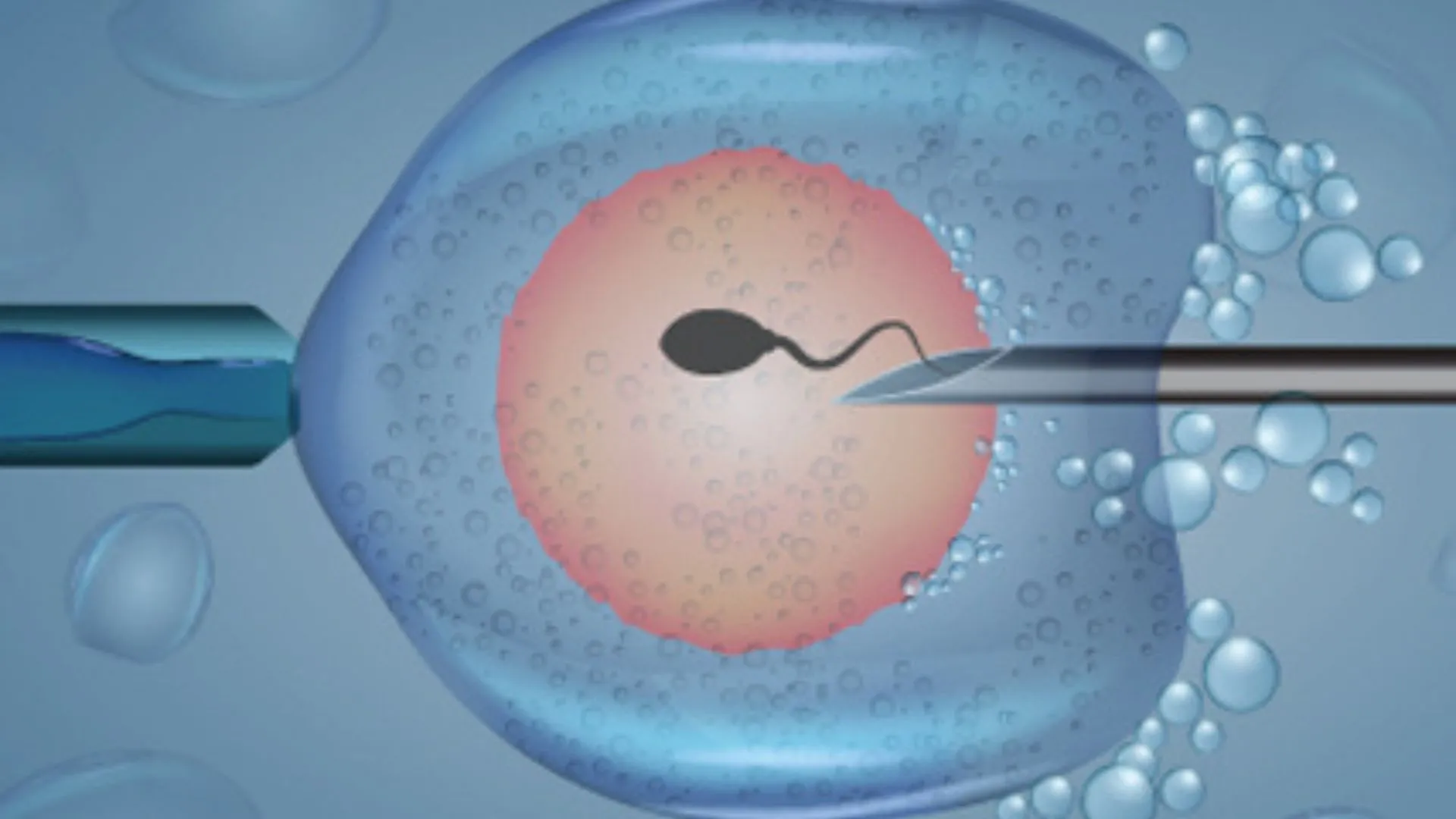In recent years, it has been evident that more and more single women and female couples have been visiting fertility treatment centers in the UK for treatment, particularly for IVF. The Human Fertilisation and Embryology Authority recently issued a report which illustrates how the pattern of fertility treatment is now changing because increasingly diverse family forms seek help to form a family.
According to BBC, the statistics includes a rise from 1,400 single women seeking treatment in 2012 to as high as 4,800 in 2022, with female couples for IVF doubling to 3,300 between those years.
Though the fertility treatment landscape remains mostly in heterosexual couples with almost 90% IVF cycles, the increase in representation among single women and same-sex couples is a notable development. A recent report from HFEA shows that one out of six fertility treatments now covers these groups in both the NHS and the private sectors.
Financial Problems Are The Reason?
Nevertheless, gaining access to fertility treatment often requires heavy financial resources from these women, as well as the couples. A report issued by a local fertility charity states that single women and same-sex couples largely face many financial challenges of inferring infertility before the ladies can access IVF at affordable costs and funded by the NHS.
Laura-Rose Thorogood, who has undertaken IVF with her partner, described it as “a pretty crazy journey” – “we knew we had to pay for it ourselves and we’ve had to sacrifice lots of things to do it.” Thorogood and her partner spent between £50,000 and £60,000 to have their four children over the past 13 years. She explained that while they feel lucky to have been successful, many other LGBTQ+ couples have had to abandon their hopes of having children due to the cost.
Thorogood has since founded LGBT Mummies, an organization aimed at providing advice to prospective parents and advocating for equal access to fertility treatment. She asserts, “The whole system needs to be reviewed.”
Declining NHS Support For Fertility Treatments
A further major obstacle to access of IVF has been diminishing funding from the NHS. Data coming through the report indicate that funds used by the NHS in covering the fertility treatments have gone drastically down in the last decade. Whereas in 2012 the NHS funded 40% of cycles of IVF, 2022 saw it have reached only 27%. For female same-sex couples and single women, the situation is even more pressing, as they often need to self-fund multiple cycles of artificial insemination before they qualify for NHS-funded IVF treatments.
The report further states that the financial burden of IVF is one of the biggest hurdles that prevents many people from receiving the necessary fertility care. IVF is one of the most invasive and costly treatments with no guarantee of success, further straining the finances of patients.
Rising Trend Of Reciprocal IVF
Another way this is occurring is through the phenomenon of reciprocal IVF. Here, one partner donates their eggs while the other bears the child. This procedure benefits same-sex couples in giving each a stake in the creation of their child. And since more people are opting for such techniques, it speaks to the future when different methods of family-making become increasingly prevalent in IVF procedures.
The birth rate for IVF was higher for single women and female couples compared to their heterosexual counterparts. This could be due to the fact that these women are less likely to be using IVF as a solution to infertility problems but rather as a way of treating other issues, such as personal or career choices in postponing childbearing.
Regional Variations In IVF Access
One of the issues that the report has brought out is the differential access to IVF across different parts of the UK. In England, the funding varies from one local health board to the other. On the other hand, Scotland, Wales, and Northern Ireland have a nationwide policy on funding for IVF. In Scotland, 78 percent of IVF cycles are provided by the NHS, and in Wales, 53 percent are funded, while in England, only 45 percent received NHS support.
This disparity means that many women, especially those in England, are made to pay for IVF privately if they do not meet the specific criteria set by their local health boards.
ALSO READ | How Air Pollution Can Bring Lung Cancer Endemic, What We Can Do to Protect Our Lungs






















